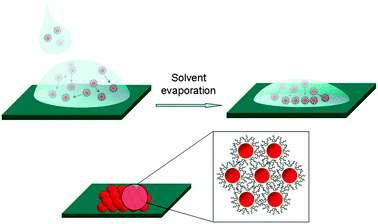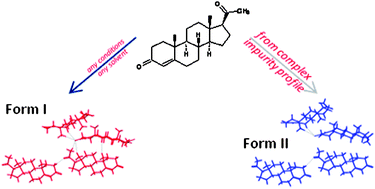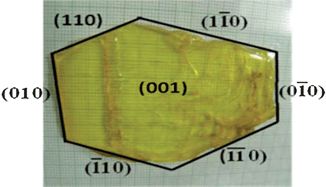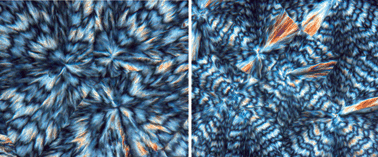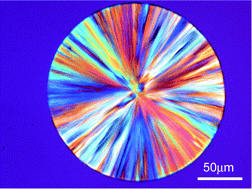In this new CrystEngComm Hot Article, a team of Italian scientists led by M. Lucia Curri have demonstrated that monomodal or bimodal PbS nanocrystals can be produced in a single experiment. The group were able to shed light on the mechanism of self organization in these assemblies with an aim to predict the the formation of the solid crystal phases.
It was found that the effect of several parameters, including solvent composition, nanocrystal concentration, size ratio of the two populations, strongly influenced the formation of the superlattice and the final geometry.
The ability in engineering nanocrystal building blocks is essential for designing novel architectured materials.
Find out more about this work here. FREE to read until 10th March 2011!
Self-organization of mono- and bi-modal PbS nanocrystal populations in superlattices
Michela Corricelli, Davide Altamura, Liberato De Caro, Antonella Guagliardi, Andrea Falqui, Alessandro Genovese, Angela Agostiano, Cinzia Giannini, Marinella Striccoli and M. Lucia Curri
CrystEngComm, 2011, Advance Article, DOI: 10.1039/C0CE00874E


